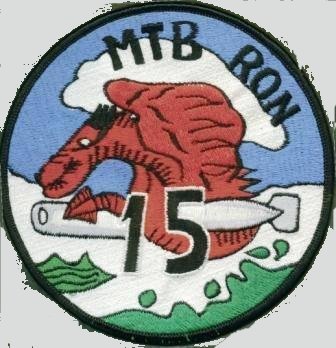NavSource Online:
Motor Torpedo Boat Photo Archive

Courtesy of Tommy Trampp
PT-202
Nan - Charlie - Baker - Charlie
![]()

![]()
Specifications:
| Boat Captains | ||
| 01 | LTJG Robert D. McLeod, USNR - Awarded the Navy Commendation Ribbon | July 1943 |
| 02 | LTJG Wesley J. H. Gallagher, USNR - Awarded the Silver Star (1944) and the Navy Commendation Ribbon | August 1944 |
|
|
On the evening of August 16, Lt. (jg.) Wesley J. H. Gallagher, USNR, in PT 202, and Lt. Robert A. Dearth, USNR, in PT 218, set out from the Baie de Briande to find a tanker reported to be in the Gulf of Frejus, 15 miles to the northeast. At 2050, when the boats were 21/2 miles off Pte. St. Aygulf, at the western side of the Gulf of Frejus, the bow lookout on PT 202 reported a floating boxlike object 150 yards dead ahead. Gallagher immediately altered course to the right to avoid it. During its turn the boat ran over a mine which blew the stern right off, knocked several men overboard, and catapulted a column of water, smoke, and debris hundreds of feet in the air.
Francis A. Kowalski, TM2c, USNR; Francis J. Cavanaugh, RM3c, USNR; Dante Alfieri, QM2c, USNR, and Nicholas J. Massiello, TM2c, USNR, unhesitatingly went over the side to the aid of the men in the water. Dearth brought the 218 in and picked up all of the men from the water. He was proceeding toward the 202 to take off the rest of the crew when his boat also ran over a mine which blew off her stern. Gallagher had started to try to signal to other ships in the bay to get help. As soon as the 218 was mined he stopped, considering it unsafe for any other ships to come into the area.
The boat captains inspected their boats to make sure that no personnel remained below, and then got their crews into liferafts. They tied the liferafts together and held a muster. Only one man was missing. One officer and five enlisted men were injured. By amazing luck the engineer on watch in the engineroom of each boat survived, although on one boat the force of the blast tossed a bank of storage batteries right out of the engineroom and onto the forecastle.
Both boats were obviously sinking, so the boat captains turned their rafts shorewards. An air raid was then in progress, and fragments from antiaircraft projectiles were falling all about the rafts. The crews made shore three-quarters of an hour after midnight, choosing as a landing place a barren, rocky point that they thought was the least likely terrain for landmines. Gallagher picked his way through barbed wire entanglements and found an abandoned, partially destroyed cottage not far from the beach. The crews stayed in the cottage for the night, since they had no way of knowing whether they were in friendly or enemy territory. Soon after daylight the boat captains found an advanced U.S. Army unit half a mile away. The wounded were transferred by ambulance to a first-aid station and a nearby Navy beachmaster found transportation for the rest of the crews back to the Baie de Briande.
| Back to the Main Photo Index | Back to the Patrol Craft/Gunboat/Submarine Chaser Index | Back to the Motor Torpedo Boat (PT) Photo Index |
| Comments, Suggestions, E-mail Webmaster |
|
This page created by Joseph M. Radigan and maintained by Tom Bateman |